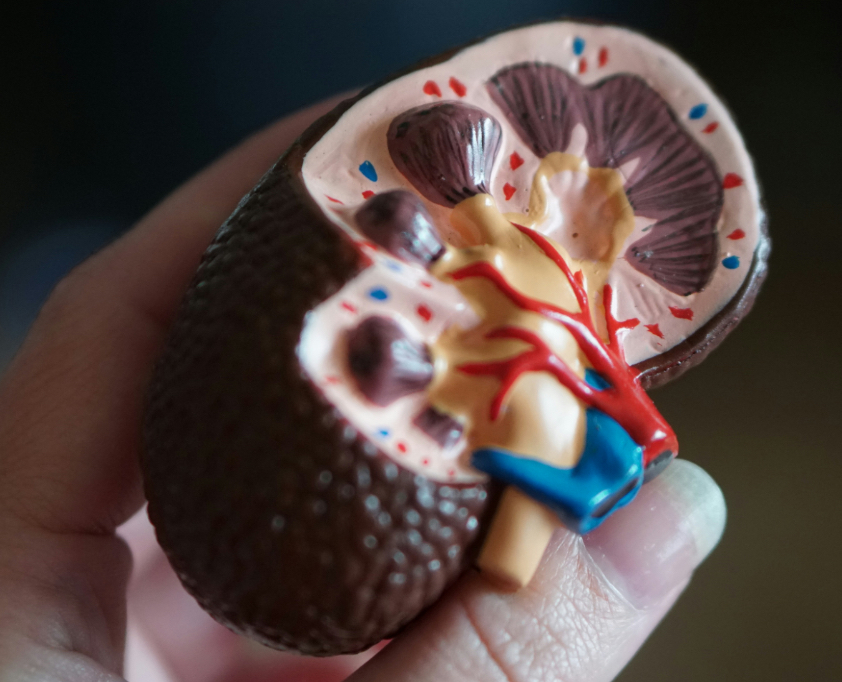Upper motor neurons (UMNs) and lower motor neurons (LMNs) are components of the motor nervous system, but they differ in location, function, and clinical signs when damaged. Here’s a concise comparison:
Upper Motor Neurons (UMNs)
- Location: Originate in the brain (motor cortex or brainstem) and synapse in the spinal cord or cranial nerve nuclei.
- Function: Transmit motor signals from the brain to LMNs, coordinating voluntary movements and maintaining muscle tone.
- Signs of Damage:
- Spasticity (increased muscle tone, stiff muscles).
- Hyperreflexia (exaggerated reflexes).
- Positive Babinski sign (toes fan upward when sole is stroked).
- Muscle weakness without significant atrophy (disuse atrophy may occur later).
- No fasciculations.
- Examples of Conditions: Stroke, multiple sclerosis, cerebral palsy, spinal cord injury.
Lower Motor Neurons (LMNs)
- Location: Cell bodies in the spinal cord or brainstem, with axons extending to skeletal muscles.
- Function: Directly innervate muscles to produce movement.
- Signs of Damage:
- Flaccidity (decreased muscle tone, limp muscles).
- Hyporeflexia or areflexia (reduced or absent reflexes).
- Muscle atrophy (significant wasting).
- Fasciculations (visible muscle twitches).
- Severe muscle weakness.
- Examples of Conditions: Diabetic amyotrophy, polio, peripheral neuropathy, motor neuron disease (e.g., ALS, though ALS affects both UMNs and LMNs).
Key Differences in Context of Diabetic Amyotrophy
Diabetic amyotrophy primarily involves LMNs, as it affects the peripheral nerves (lumbosacral plexus or nerve roots), leading to muscle weakness, atrophy, and fasciculations in the thighs or hips. UMN involvement is not typical in diabetic amyotrophy, as it’s a peripheral nerve disorder rather than a central (brain or spinal cord) issue.
Summary Table
| Feature | UMN Damage | LMN Damage |
|---|---|---|
| Muscle Tone | Increased (spasticity) | Decreased (flaccidity) |
| Reflexes | Hyperreflexia | Hyporeflexia/Areflexia |
| Atrophy | Minimal (if any) | Significant |
| Fasciculations | Absent | Present |
| Example Pathology | Stroke, MS | Diabetic amyotrophy, ALS |
If you’re evaluating symptoms or a condition like diabetic amyotrophy, a neurologist can perform tests (e.g., EMG, nerve conduction studies) to confirm UMN or LMN involvement.
Disclaimer: Owerl is not a doctor; please consult one. Don’t share information that can identify you.


Leave a Reply